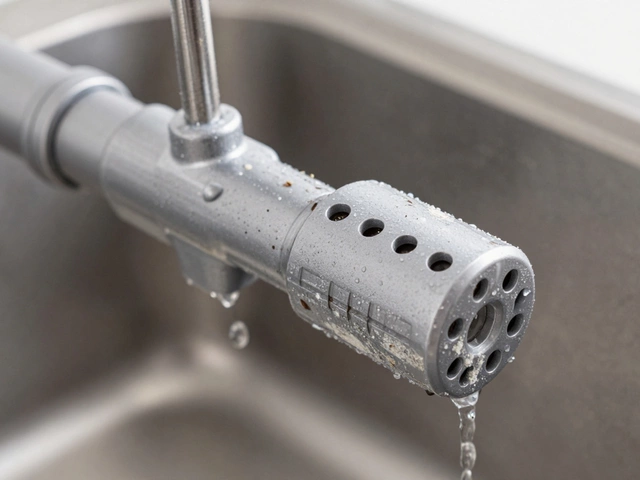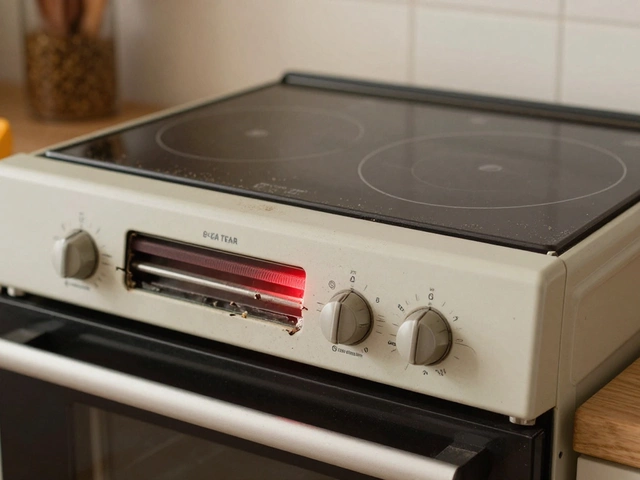Test Water Heater: How to Check, Diagnose, and Fix Hot Water Problems
When dealing with test water heater, the process of checking a water heater’s performance, temperature accuracy, and safety features. Also known as water heater test, it helps you verify that hot water will flow when you need it and that the unit isn’t wasting energy. A solid test water heater routine can catch issues before they turn into costly repairs.
One of the first related entities you’ll encounter is water heater, a device that heats water for domestic use, typically powered by electricity or gas. A water heater works hand‑in‑hand with hot water, the heated water supplied to taps, showers, and appliances. If the heater fails, hot water disappears, and you end up with cold showers or noisy appliances. Another key player is the boiler, the central heating system that often powers a gas‑water heater. A boiler that’s low on pressure or has a clogged heat exchanger will cripple the water heater’s ability to raise temperature.
Why Testing Matters and What You’ll Learn
Testing a water heater encompasses three core steps: temperature verification, pressure check, and safety inspection. First, you measure the outlet temperature with a calibrated thermometer; the ideal range is 120‑130°F (49‑54°C) for most homes. Second, you confirm the pressure gauge reads between 30‑60 psi – too low and the heater won’t fire, too high and it risks leaks. Third, you inspect the mixing valve, a device that blends hot and cold water to maintain safe tap temperatures for wear, corrosion, or blockage. These three checks form the semantic triple: "Test water heater requires temperature verification, pressure check, and mixing‑valve inspection".
When you run a test, you’ll also discover how the water heater influences overall home energy usage. A heater that runs too hot wastes fuel, while one that under‑heats forces you to run it longer, raising bills. Understanding this link helps you decide whether a simple valve replacement or a full heater upgrade is the smarter move. It also clarifies why a faulty test water heater can masquerade as a plumbing issue – you might think the shower valve is broken, when in fact the heater never reached the right temperature.
In practice, you’ll start by turning off the power or gas, draining a few gallons, and checking the anode rod for corrosion. Next, you fire the heater and let it reach steady state, then record temperature and pressure. Finally, you examine the mixing valve for correct settings – most residential valves should be set around 120°F to prevent scalding. If any reading falls outside the recommended range, you’ve pinpointed the problem before calling a pro.
Our collection of posts below dives deeper into each of these topics. You’ll find guides on why hot water works in the kitchen but not the bathroom, step‑by‑step fixes for no‑hot‑water scenarios, and how to tell if your boiler’s pressure is causing the issue. Whether you’re a DIY homeowner or just want to ask the right questions when a technician arrives, the articles give you the language and confidence to handle water‑heater challenges.
Ready to see the detailed troubleshooting steps, cost breakdowns, and safety tips? Browse the articles ahead and start testing your water heater like a pro.
Worried your water heater's not performing? Learn straightforward ways to check if it's working right, spot early signs of trouble, and handle basic fixes.


